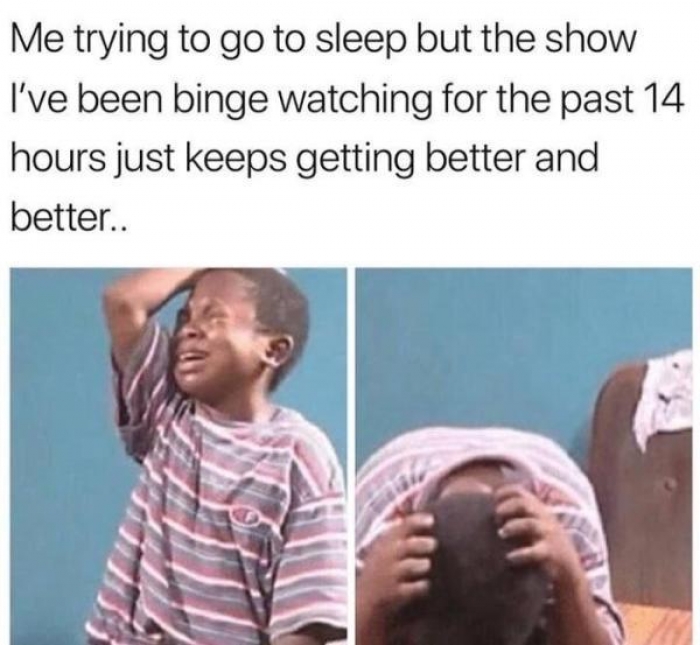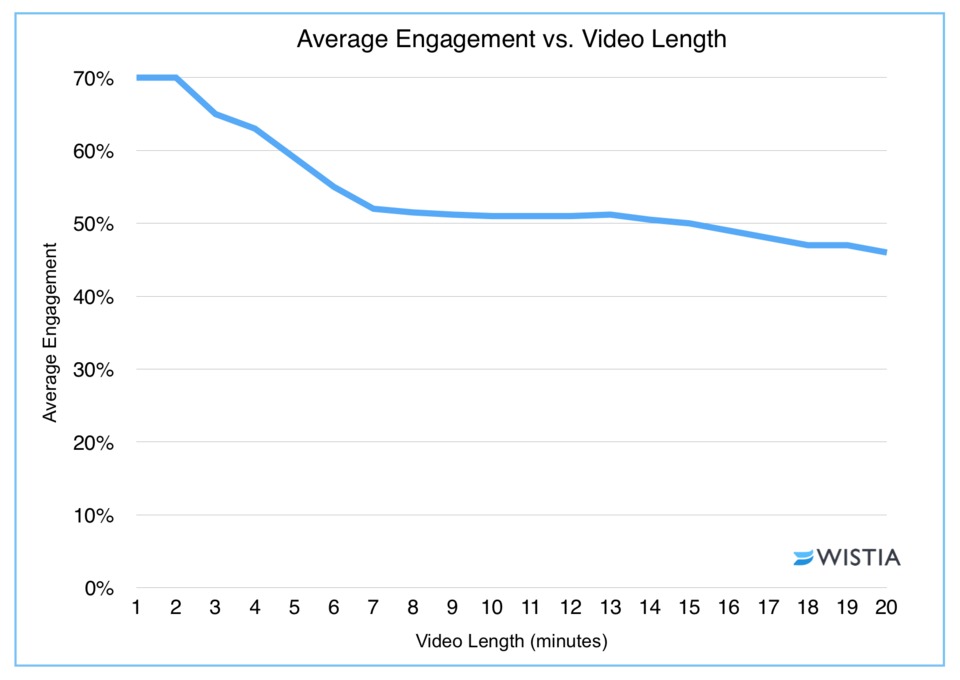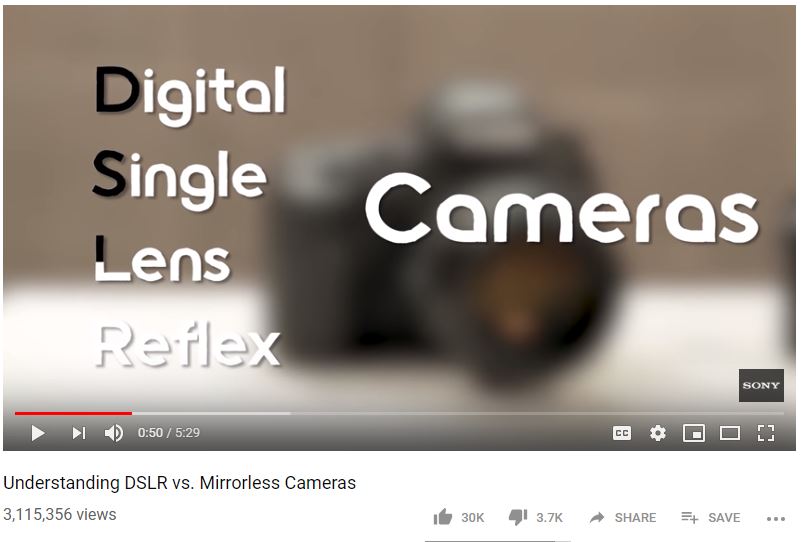With so much information flying at consumers, attention spans are at an all-time low. According to a 2015 study by Microsoft, the average person has an attention span of 8 seconds when multitasking – people are “more easily distracted by multiple streams of media”. At the same time, “bingeing” favorite content is the new norm, which can eat up entire days. That’s because the “attention span” is more like a “decision time” – after 8 seconds, the average person decides if they want to keep watching or move on.
“Your Video Will Play After the Ad”
Consider the skippable ads at the beginning of YouTube videos: they’re called “pre-rolls”. They usually say something like, “You can skip this ad in 5 seconds”. Brands are expected to double spending on these videos by 2020, to around $17 billion in the United States.

These pre-rolls guarantee that the advertiser has at least 5 seconds to hook you and stop you from skipping to the main content. What they do in those first 5 seconds affects your decision time, especially since it’s within the 8-second attention span. If you like those first 5 seconds, you might let it play for another 5, another 60 – you might even click on the ad and go to the company’s landing page.
However, 65% of people skip those ads at the end of 5 seconds. That’s because of psychological filtering, the average person’s ability to decide if they want to continue or move on within seconds. This filtering has become faster since multitasking with many screens became more common: there’s just too much to see to risk wasting time.
Skipping Isn’t Always Bad
According to Business Insider, the people who skip ads were less likely to buy your product from the start. But giving the option to skip actually increases consumer trust: they don’t feel forced and flooded with information. It’s a smoother customer service experience even when they’re not customers, leaving a better impression of your company (even subconsciously).
Added bonus: if you make your ad with “TrueView” on YouTube, you only have to pay for the ads that are watched to completion. If someone skips it after watching for less than 30 seconds or to the end of the video – whichever is shorter – then you don’t have to pay!
Those who don’t skip are paying attention: they’re making many decisions about your company and noticing details. Those people also have a high chance of clicking to your landing page and then buying your product.
The 8-second Crowd
According to a study by MediaPost, people who on average use 8 seconds to make decisions were also 63% more likely to buy a product. These people were also 23% more likely to spend more on that product. People more likely to “binge” were less likely to buy. That’s because the former group filters more strictly: they make their decisions quickly versus just “seeing what happens next”. Within 8 seconds, they had already leaned toward buying.
So which products or ads were more likely to be chosen by the 8 second crowd? The ones that triggered an emotional reaction quickly – which emotion depended on the targeted audience. They also created a narrative arc in those first few seconds: either viewers wanted to finish it or were already emotionally invested by the end of it.
And which ones were more likely to get skipped? The ones that started with brand marketing. Interestingly, this didn’t apply to brand colors: just ones that started with the brand name or slogan. (Read our article about brand color affecting sales and trust.)
So when creating video content for your company, how do you decide if you should be marketing toward the 8-second crowd or the binge buddies?

It depends on the type of video you’re making. Advice, product explanation, testimonials, advertisements – these all require different lengths. But the bingeing group is less likely to buy as they were saturated with information. Marketing to the crowd that makes decisions quickly creates a higher chance of making a sale. That’s why it’s important to memorize just how long your video content should be.
Social Media
Instagram Stories will cap you at 15 seconds, while main feeds can be up to 60s. So that sweet spot is right around 30 seconds. Remember that most people are scrolling through social media, soaking up tons of information at once. Generally, they’re put off by long videos because there’s so much else to see.
Testimonial
These are essential for creating a strong customer base: buyers trust other buyers. Knowing that your ads are trying to “manipulate” them into purchasing hurts a bit of your credibility, no matter what. But if someone they can relate to – a regular person – tells them, “this really helped me!”, that’s more likely to increase sales. However, despite their crucialness, even these videos have to be short and sweet. Somewhere between 1 minute and 2.5 minutes – and within that time, you should try to have more than one person talking. This passes on more information rather than feeling like one person talking about the same thing for 150 seconds.
Case Study
These are longer testimonials but that showcase the product’s usefulness in a real-life illustration. Rather than sitting and saying, “This was great”, case studies show, not tell. Therefore, these can – and should – be longer than the testimonial: somewhere between 2 and 3 minutes.

About Us
Keeping these at about 2 minutes is a good idea – lead with the main credo of your company and then explain why you believe in that. Longer than 2 minutes means your company goals may be too complicated for the general audience. This isn’t to say they can’t understand – it’s more that they may filter out when there’s “information overload”. They want to know three things: Who are you? Why are you? Why should they?

Product Explanation Video: More is More
These are the exceptions to the rule: customers want to see full explanations about how things work. The longer the video, the more likely that their specific question will be answered. YouTube, the home of most product explanations, sees the most engagement around 2 minutes However, 6 minutes isn’t uncommon for longer, in-depth content.
Keep It Simple
Highlight keywords; have movement and noise; and lead with emotion. Having information buried in the middle or end will not encourage viewers to keep going – it’s hard to be persuaded if you don’t know what they’re trying to convince you to believe. The viewer should never have to figure out what your point is.
As much as you can when advertising, appeal to the 8-second crowd – they’re the most likely to click-through to the longer videos.


